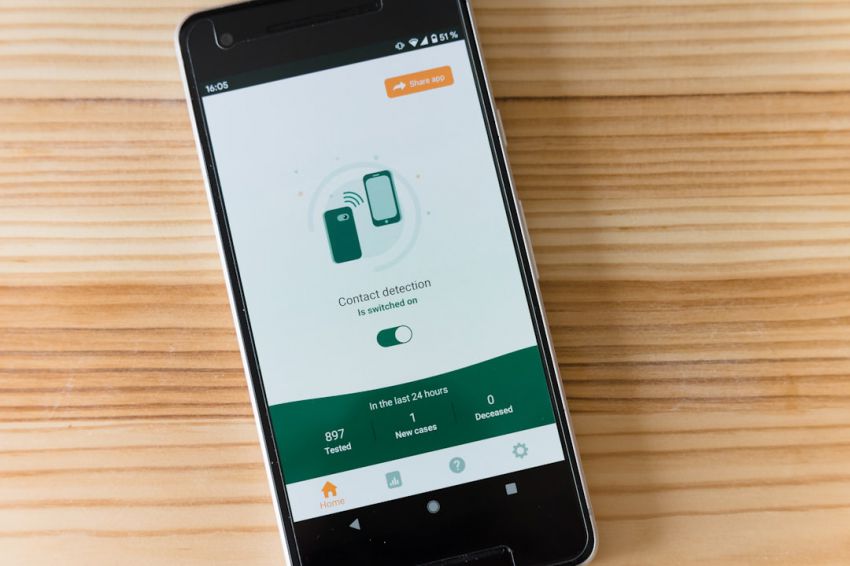How Do Mobile Payments Impact Financial Inclusion?

Mobile payments have revolutionized the way people manage their finances, providing convenient and accessible options for conducting transactions without the need for physical cash. In recent years, the rise of mobile payment platforms has had a significant impact on financial inclusion, especially in developing countries where traditional banking services may be limited or inaccessible to a large portion of the population. This article explores the various ways in which mobile payments are driving financial inclusion and expanding access to financial services for underserved communities.
**Enhanced Access to Financial Services**
One of the key benefits of mobile payments is that they provide individuals with a convenient and secure way to access a wide range of financial services. In many developing countries, traditional banks are often located in urban centers, making it difficult for people in rural areas to access basic banking services. Mobile payment platforms, on the other hand, allow users to conduct financial transactions using their smartphones, providing a convenient alternative to traditional banking services. This increased access to financial services can help individuals save money, access credit, and manage their finances more efficiently.
**Empowering the Unbanked Population**
Mobile payments have the potential to empower the unbanked population by providing them with a gateway to the formal financial system. Many people in developing countries do not have access to traditional banking services due to various factors such as lack of proper identification documents, distance to the nearest bank branch, or high account maintenance fees. Mobile payment platforms offer a cost-effective and user-friendly solution for these individuals to send and receive money, pay bills, and even access credit services without the need for a traditional bank account.
**Promoting Financial Literacy**
Another significant impact of mobile payments on financial inclusion is the promotion of financial literacy among underserved communities. By using mobile payment platforms, individuals are exposed to basic financial concepts such as budgeting, saving, and managing credit. Mobile payment providers often offer educational resources and tools to help users understand how to make informed financial decisions, which can contribute to improving overall financial well-being in the long run. This increased financial literacy can empower individuals to take control of their finances and make more informed choices about how they manage their money.
**Reducing Transaction Costs**
Mobile payments also have the potential to significantly reduce transaction costs for both consumers and businesses. Traditional banking services often come with high fees and charges, especially for small transactions. Mobile payment platforms offer a more cost-effective alternative, allowing users to conduct transactions at a fraction of the cost of traditional banking services. This can be particularly beneficial for low-income individuals who may be disproportionately affected by high banking fees. By reducing transaction costs, mobile payments make it easier for individuals to access financial services and conduct transactions without incurring exorbitant fees.
**Closing the Gender Gap**
Mobile payments have played a crucial role in closing the gender gap in access to financial services. In many developing countries, women are less likely to have access to traditional banking services compared to men. Mobile payment platforms provide women with a secure and convenient way to manage their finances, send and receive money, and access credit services without the need for a traditional bank account. This increased financial inclusion can empower women to become more financially independent and participate more actively in the formal economy.
**Driving Economic Growth**
Overall, the impact of mobile payments on financial inclusion goes beyond providing individuals with access to basic financial services. By expanding access to financial services, mobile payments can drive economic growth and development in underserved communities. Increased financial inclusion can lead to higher levels of savings, investment, and entrepreneurship, ultimately contributing to poverty reduction and economic empowerment at the grassroots level.
In conclusion, mobile payments have the potential to transform the way individuals access and manage their finances, especially in developing countries where traditional banking services may be limited. By enhancing access to financial services, empowering the unbanked population, promoting financial literacy, reducing transaction costs, closing the gender gap, and driving economic growth, mobile payments play a crucial role in advancing financial inclusion and expanding access to financial services for underserved communities. Through continued innovation and collaboration, mobile payment platforms can further contribute to creating a more inclusive and equitable financial system for all.